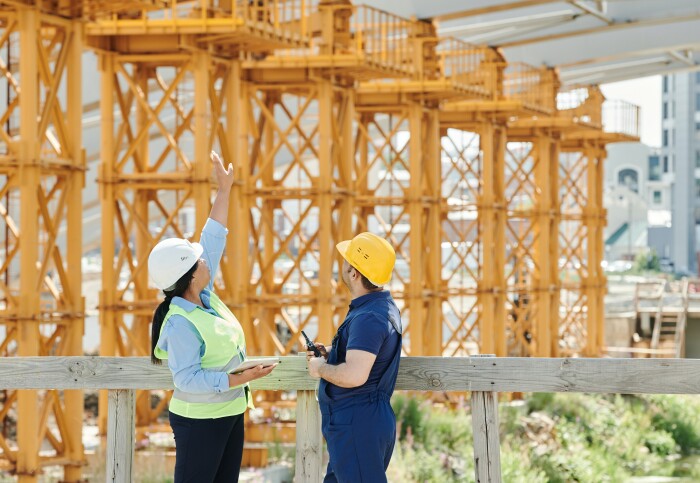Experts find new ways to program the strength of materials

Researchers in the Departments of Materials and Mechanical Engineering have improved the design and programmability of high-strength materials.
The new findings build upon research reported in publications from 2019 and 2021. In these studies, scientists discovered new ways not only to enhance the strength but also to enable a programmability for high-strength materials by introducing a new 3D-printed 'meta-crystal' design.
The 'meta-crystal' approach aims to transform the way we design lightweight structured materials by mimicking varying atomic patterns from grain to grain, to create artificial crystals. Crystal-like structures can increase the strength and isotropy of materials, and even offer ways to control the damage to specific areas inside lightweight materials. The findings introduce improved design and safety in automobiles, aerospace, personal protection, and civil engineering structures.
New adaptable metals
In their latest research, his team has uncovered new ways to program the strength of materials. Their investigation found a new programmable ability introduced a strengthening effect to crystals within lattice structures.
Imagine a material that not only becomes tougher as time goes on but also with an autonomous ability to "sense" how much pressure or load it's experiencing and take logical actions Dr Minh-Son Pham
Experts found they could precisely tune mechanical properties and could create tough and smart materials that respond to different stresses and strains. For example, they could control how the material deforms and how that mechanical load spreads on the inside. This ability allows materials to carry out external loads without easily getting damaged, increasing their damage tolerance.
This breakthrough paves the way for a set of intelligent mechanical metamaterials that adapt to levels of stress and automatically strengthen themselves in predetermined ways when subjected to heavier loads. The discovery could lead to improved design and safety in automotive, aerospace and construction industries.
Dr Minh-Son Pham commented:
"Imagine a material that not only becomes tougher as time goes on but also with an autonomous ability to "sense" how much pressure or load it's experiencing and take logical actions. If the mechanical load is low, it doesn't need to be extremely strong, but if the pressure load increases, it automatically strengthens itself to handle the load.
It's like having a smart and adaptable system that gets tougher when needed but doesn't overdo it when the situation is less demanding, minimising the use of resources and energy. This concept can be applied to designing of materials and structures in various applications, from construction, mechanical systems to structures in space"
Researchers will now explore more challenging aspects of the research, to create more adaptive, smarter materials with increased sophistication and structures that respond to different stimulations.
This paper is now available to read in Advanced Materials.
This research was funded by the President’s Excellent Fund for Frontier Research.
Article text (excluding photos or graphics) © Imperial College London.
Photos and graphics subject to third party copyright used with permission or © Imperial College London.
Reporter
Kayleigh Brewer
Department of Materials
